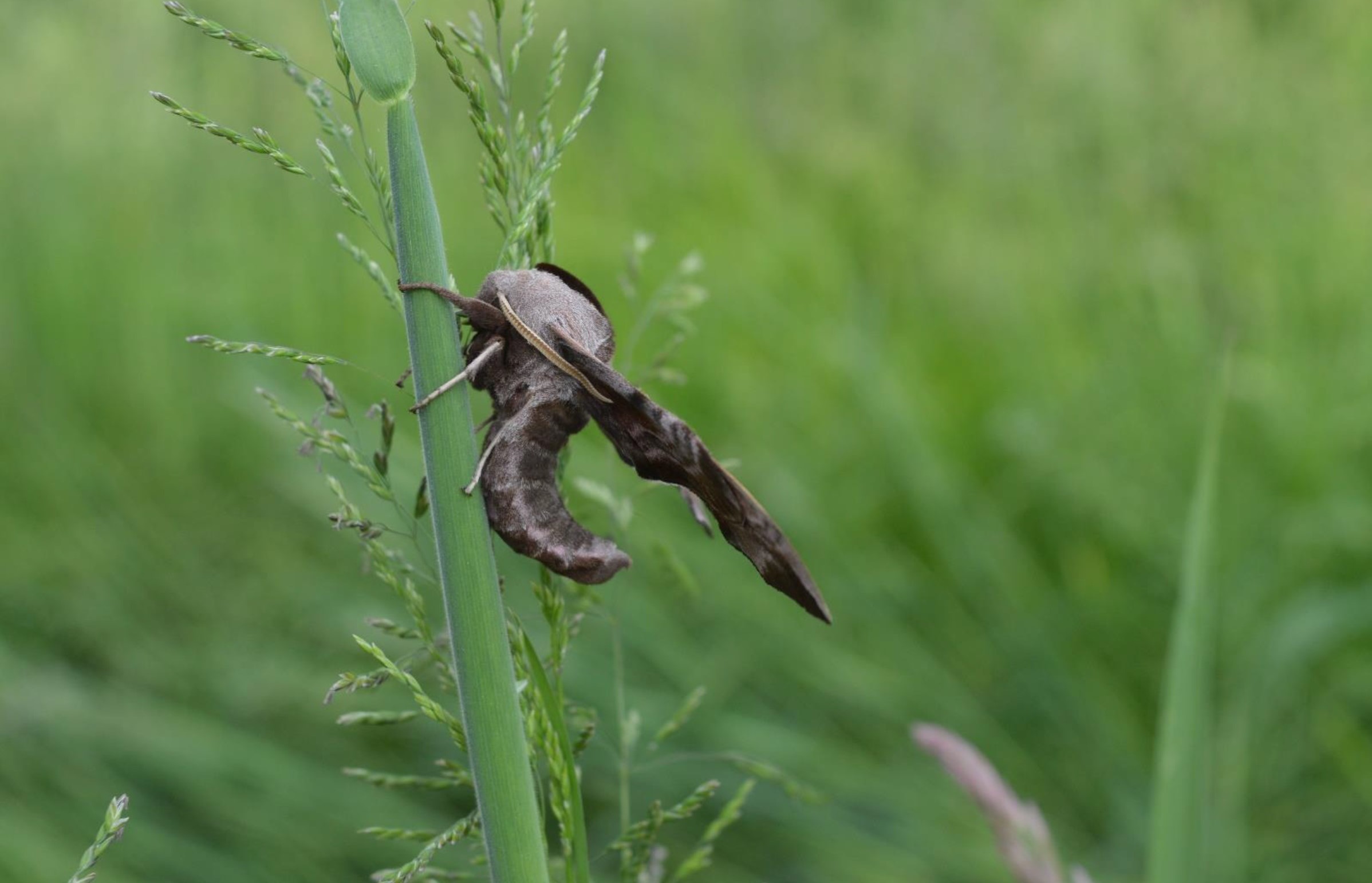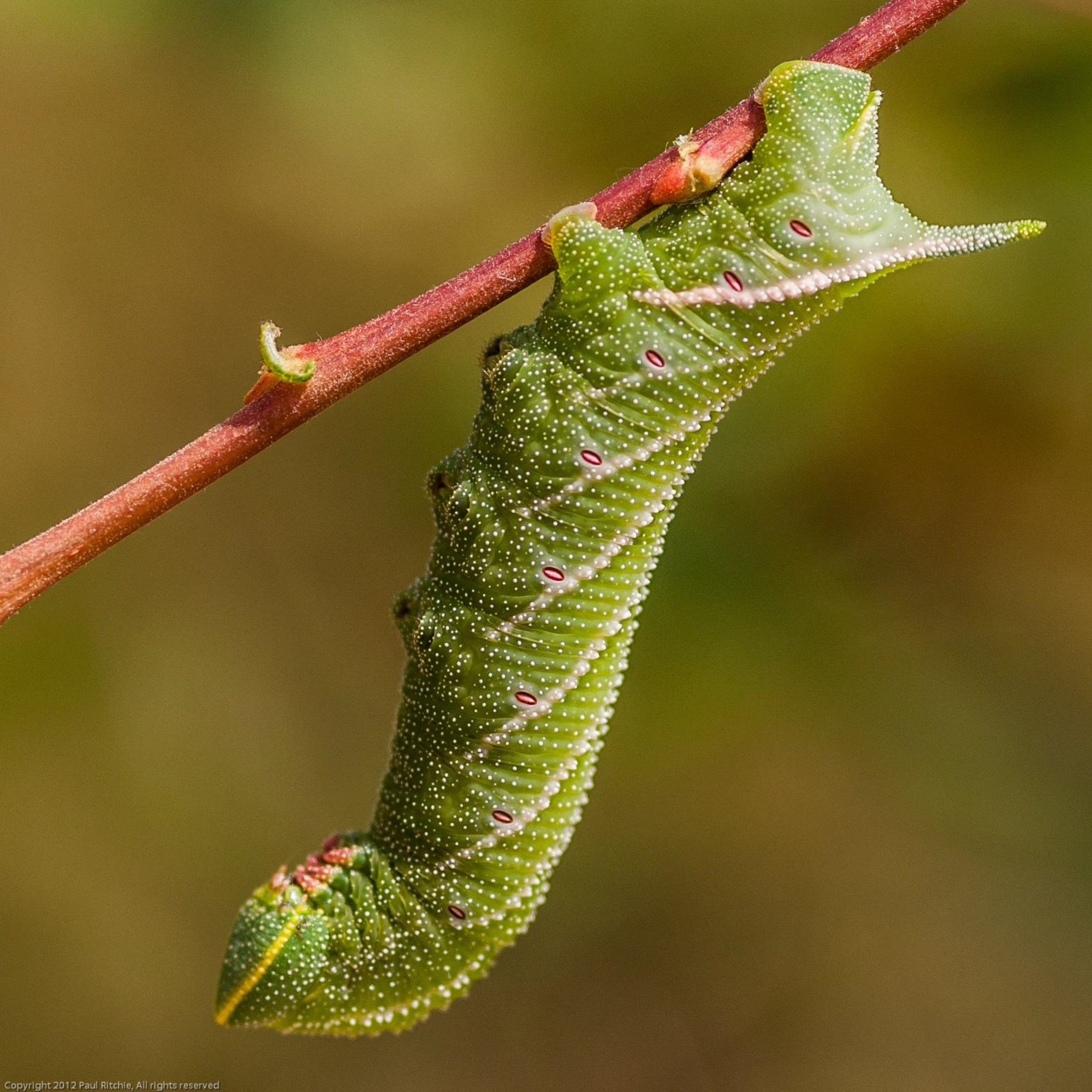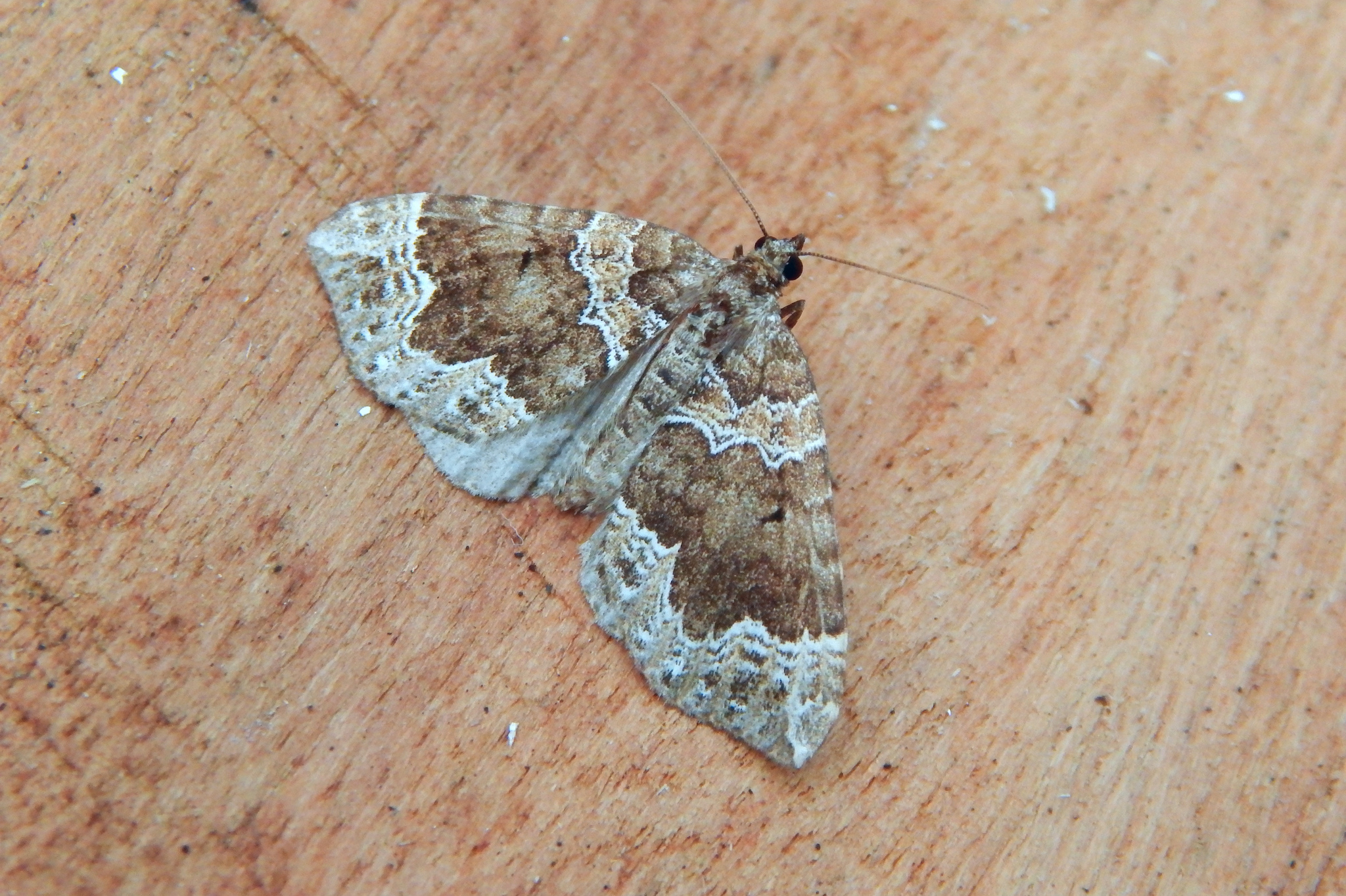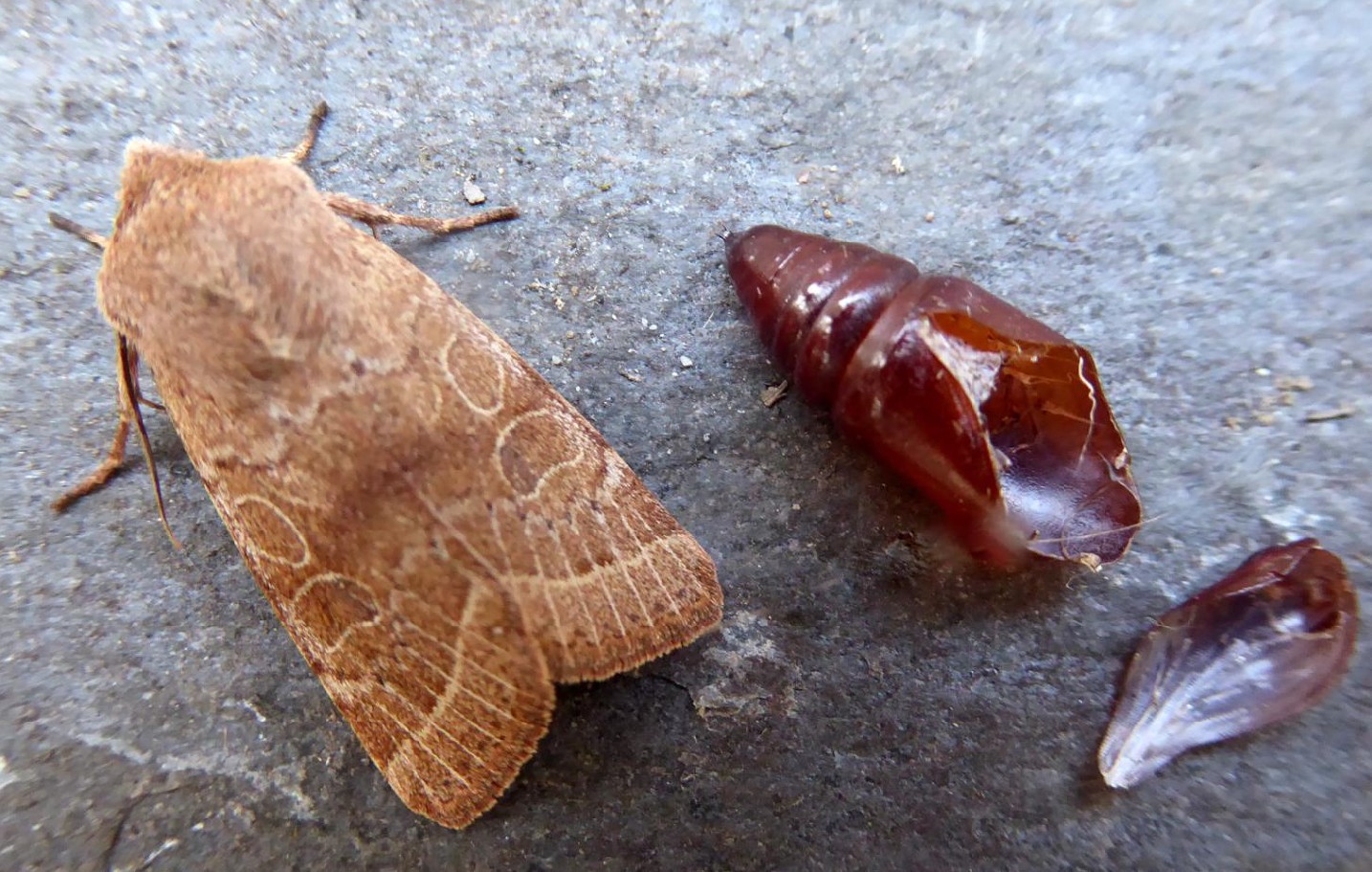This magnificent, large moth is a very rare sight in Dumfries and Galloway. It was last seen in 2018 and there have only been 15 records ever. Although this species is widespread throughout most of England and Wales, like quite a few other moths, it is at it’s northern limit in our region. There is only one other record for Scotland, in the Borders, but quite a number to the south in north Cumbria and Northumberland. However, it differs from many species which have spread north recently as we have D&G records dating back to 1860 although with only the very occasional sighting since. Its size and distinct appearance guarantees that it is not being missed amongst the other moths at the light trap and it may just be that the occasional moth makes it way north in favourable years. However, the first six records after 1930 are all labelled ‘field observation’ although with no further information to suggest what that meant. This particular moth came to my light-trap near Lochmaben but was resting on vegetation outside the trap and it is a possibility that this species might be ‘trap shy’. It has been said many times by knowledgeable moth-ers that searching on walls and vegetation around the trap should be part of the basic routine before emptying the trap itself as quite a few other species are known to be attracted to light but manage to avoid actually entering a trap.
The adult moth flies at the end of May to the beginning of June. It’s wings are up to 44mm long and when at rest they are held at an angle. The black mark on the thorax is very distinct and contrasts with the cryptic colour on the forewings, together making it difficult to see against the natural vegetation.
However, it is the hind wings which give this moth its name as they are red, each with a bold eyespot which is revealed by moving the forewings forward as a startling strategy should the moth be attacked by a bird.
Unfortunately my moth was not lively enough to pose with the eyespots showing but just clung to the grass stem with determination.
Interestingly, two of the early records were of larvae which can be found on willow and occasionally other trees such as apple. Like many other hawk-moths this caterpillar has a distinct ‘horn’ at its tail end – in this case, coloured blue-ish. The body is bright green with, in the fully grown stage, seven, whitish, oblique stripes which help blend the daytime feeding caterpillar into the background foliage. The entire body is covered in a speckling of white ‘warts’ which again help camouflage the larva. The moth lays a single egg, sometimes two, on the tree leaf. It follows that to find this species feeding on a tree you need to look for eaten leaves and then search for individual caterpillars often beneath the twig as in the photograph below. In August the fully grown caterpillar will crawl down the tree and pupates in a slight cocoon a few centimetres below the soil.
It is thought that the Eyed Hawk-moth is generally scarce throughout its range although it appears to be stable in both numbers and distribution. The question is: what is its status in D&G? 80% of records come from Dumfriesshire, most from widely scattered lowland locations. However, with so few records it is difficult to see a pattern or to know why it is not more widespread or more common. As this latest record was from my own garden I am duty bound to look out for any caterpillars in the coming weeks. If I succeed perhaps I could track what happens to them.






